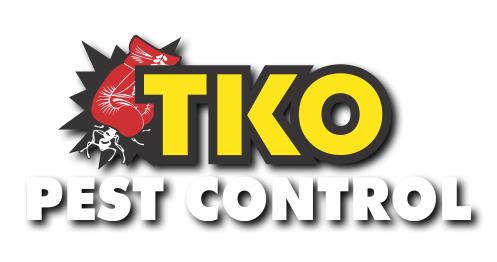Bedbugs
Bedbugs are the scourge of tourist accommodation.
In Australia, bedbugs are most commonly found in budget accommodation where there is a turn-over of tourists, especially backpackers. They are transported with the people’s luggage and clothing but not on the person. They may also be found in a building if they are brought in infested second-hand furniture.
Many people believe there is an upsurge in their numbers.
This may be due to:
- more travel by people likely to carry them
- less insecticidal treatment in bedrooms
- a lack of identification of symptoms by accommodation management, allowing numbers to balloon before treatment
- a lack of understanding of required treatment by Pest Managers
Bedbugs pass through an egg and five nymphal stages to become an adult. The nymphs and adults leave their harbourage to feed every 2-3 days. They feed for only 3-5 minutes in the hours prior to dawn and return to their harbourage. Their presence can be detected by the bites, dots of blood on the sheets, a sickly sweet odour and inspection of potential harbourages, looking for dried blood deposits around cracks in the bed, bedhead, bedside furniture and mattress.
Nymphs can survive a couple of months, adults more than a year, without a blood meal. A check of the life cycle shows it may be more than a month after someone left their bedbugs behind before complaints are received.

Some people react to the bite of bedbugs. Before the bedbug sucks blood, it injects saliva, containing an anticoagulant, into the host. The irritancy is caused by the body’s reaction to the saliva.
Bedbug Management – Integrated Management Programme
The aim of the treatment by your Pest Manager is simple. All harbourages must be located, treated and eliminated. It is the implementation that is difficult and may need your assistance. The Pest Manager will locate all potential harbourages within 2-3m of the bed. A harbourage is any crack that you can slide the corner of a piece of paper into – because bedbugs are paper-thin.
Typically harbourages include:
- bed linen – needs to be laundered
- mattress – wrap in black plastic and place in the hot sun
- bedhead – screw off the wall, treat behind, replace, seal edges
- furniture – take apart, treat, re-assemble, seal gaps.
- wall coverings – check for cracks in wallpaper
- curtains and hangings – check curtain rails also, may need to remove and clean
- skirting – treat and seal
- flooring – if timber tongue-in-groove, eliminate cracks.
Items, such as bedheads, should be removed if possible because bedbugs are gregarious (many live together) and the crack between the wall and the bedhead may be the entrance to a large void and many bedbugs. Pest Managers have special nozzles to treat into cracks where it is not possible to expose the void inside.
Note – remove any cane furnishings. These should be placed in the sun or fumigated. Otherwise they should not be replaced for three months. It is not possible to treat these thoroughly with liquid or dust due to the countless cracks and voids at the ties.
It is not possible to know if someone is a ‘bedbug carrier’. Premises such as backpackers should be inspected regularly for signs of infestation to avoid the costs and inconvenience associated with complaints of bedbug attacks.
Book Online or contact us today
